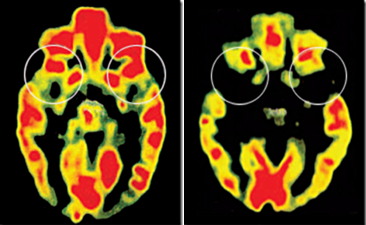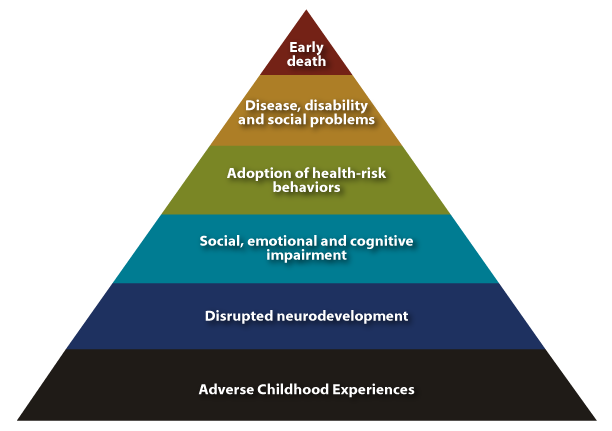Why Report?
Reporters make a difference
Everyday across our state children are vulnerable to harm from abuse and neglect. People who care about a child are often the first to notice this danger; people like a family member, a neighbor, a teacher, a coach, a nurse, or other medical provider — or that person might be you. We are all responsible for the safety of children in our communities.
If you believe a child was harmed or is at risk of harm due to abuse or neglect, you should report it. Children who get help as soon as possible have a much better chance to have a safe home, a strong family, an all-around improved chance at a great life. Abusive or neglectful parents often need help learning how to parent. Given the opportunity provided by intervention, parents can learn to understand the emotional and developmental needs of children and how they can meet those needs.
There are few things in life more rewarding than a strong and healthy relationship between and child and caregiver. Your phone call can provide the opportunity to make life better for children and their caregivers!

Video: You make a difference
In this video an Alaska OCS worker talks about why it
is important to report suspected abuse even when the signs do not seem
to necessarily indicate serious abuse.
Impact on Development
Children learn to think, speak, and reason when they are very young. The human relationships that children form make a big difference in their social and emotional development. Children who have secure, trusting relationships with their parents or guardians when they are young grow up much differently than children who learn at a young age that they can’t trust anyone.
The toll of child abuse and neglect can resonate throughout a child’s life. According to the National Survey of Child and Adolescent Well-Being, half of infants who have been abused or neglected exhibit some form of cognitive delay.
Children who have been abused are also more likely to have deficits in IQ scores, language ability, and school performance than other children. Infants and toddlers who are victims of abuse and neglect are also more likely to have physical health difficulties such as greater neonatal problems, higher rates of failure to thrive, and dental disease. Disproportionate exposure to early trauma and other developmental risk factors can result in a variety of mental health disorders. Physical abuse impairs a young child’s social adjustment, including elevated levels of aggression that are apparent even in toddlers (US Department of Health and Human Services, 2019).
Abuse Can Slow Brain Development
When children are exposed to certain negative experiences or abused, it can impact their brain development. Witnessing frequent parental fights and growing up with alcohol or drug abuse, mental illness, physical violence, or crime in the home can make the child have difficulty paying attention, controlling his or her behavior, trusting others, showing compassion, or making friends.

The picture on the left shows a healthy, emotionally developed brain. The picture on the right shows the result of abuse and neglect. The dark areas show where the brain is inactive or undeveloped.
Impact into Adulthood
The impact of abuse and neglect can last into adulthood and through the lifespan. Research shows that children who experience abuse and neglect often become adults who experience:
- Increased behavioral problems in childhood, adolescence, and adulthood.
- Increased rate of teen pregnancy.
- Increased rate of re-victimization.
- Increased rate of abusive behaviors toward own partners and children.
- Increased criminal activity, aggression, alienation, withdrawal, and isolation.
- Increased medical and mental health problems in children and adults.
- Learning and emotional disabilities.
- Lack of parenting skills and bonding capacity.
- Poor relationship skills.
*(Adverse Childhood Experiences: ACE study, Dr. Vincent Felitti)
More information on the effects of ACEs in Alaska is available on: Adverse Childhood Experiences in Alaska, Overcoming ACEs in Alaska.
Impact of Trauma
“The research is clear that the experience of abuse or neglect leaves a particular traumatic fingerprint on the development of children that cannot be ignored if the child welfare system is to meaningfully improve the life trajectories of maltreated children, not merely keep them safe from harm.” — Bryan Samuels, Commissioner for the Administration on Children, Youth and Families, 2011.
Child trauma is…
Witnessing or experiencing an event that poses a real or perceived threat to the life or well-being of the child or someone close to the child. The event overwhelms the child’s ability to cope and causes feelings of fear, helplessness, or horror, which may be expressed by disorganized or agitated behavior.
Complex trauma describes both exposure to chronic trauma — usually caused by adults entrusted with the child’s care — and the impact of such exposure on the child. Children who have experienced complex trauma have endured multiple interpersonal traumatic events from a very young age. Complex trauma has profound effects on nearly every aspect of a child’s development and functioning. Children who have experienced complex trauma have endured multiple interpersonal traumatic events from a very young age (The National Child Traumatic Stress Network, 2013).
Adults who experienced multiple adverse childhood experiences (ACEs), including child abuse and neglect, are more likely to develop health risk behaviors such as alcoholism, drug abuse, depression, suicide attempts, smoking, physical inactivity, severe obesity, and high numbers of sexual intercourse partners. Adults with higher numbers of adverse childhood experiences are also more likely to encounter heart disease, cancer, chronic lung disease, skeletal fractures, and liver disease later in life (Felitti et al., 1998). More recent analyses of the ACEs data has suggested that ACEs may be an indicator of a chaotic family environment that results in an increased risk of premature death among family members (Anda et al., 2009).
Additional information at Adverse Child Experiences Study.

Long-Term Trauma Impact–ACE Pyramid: CDC
Megan's Story

Video: Reporting Child Abuse and Neglect
Megan’s Story is a dramatized short video involving actors that depicts an abuse scenario and a reporter who calls OCS to report abuse. None of the events or people in this video are related to or meant to depict real events or actual people. This is a fictional story developed for the purpose of educating the general public about the process of reporting child abuse.
 Welcome | Who Must Report
Welcome | Who Must Report 